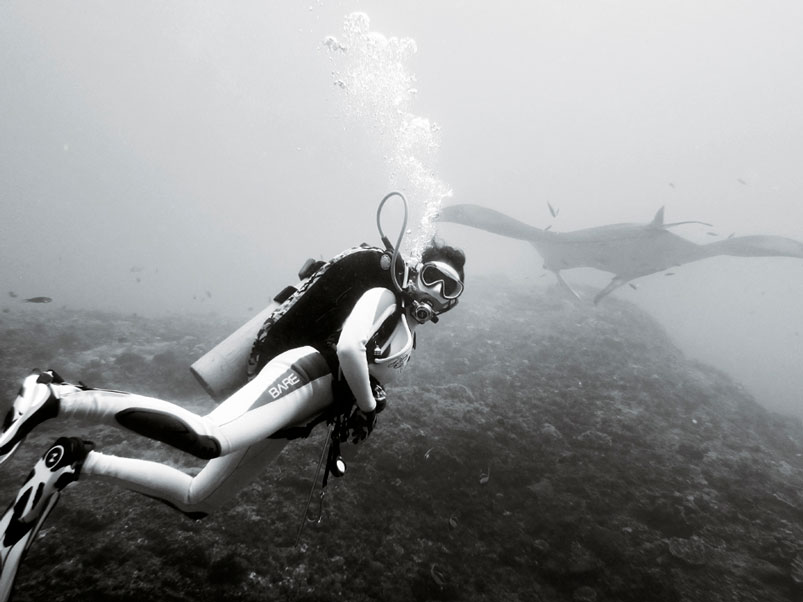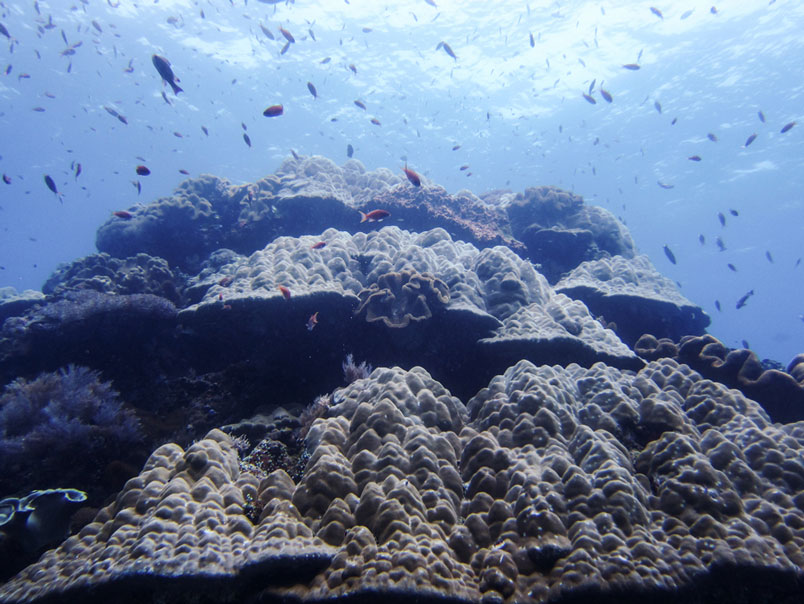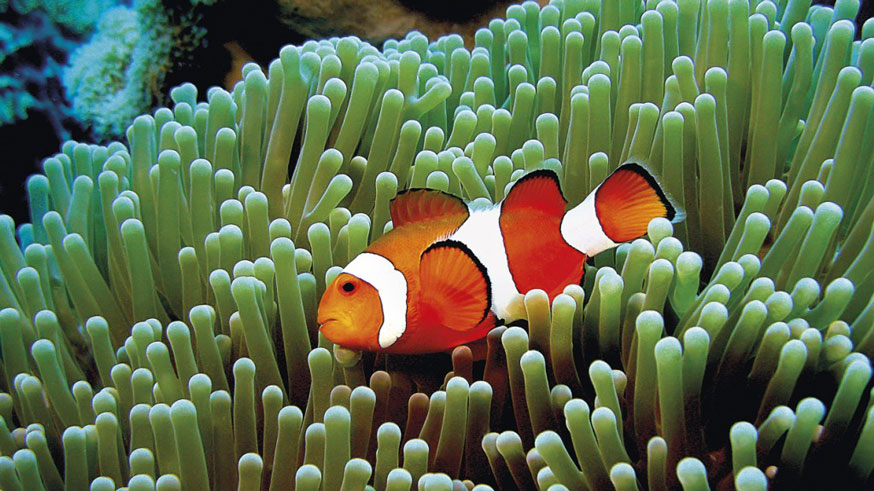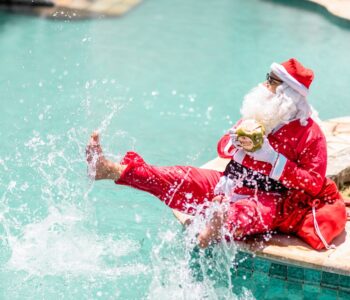Dozens of dive cylinders and bags of dive gear lined the Semawang Beach in Sanur. Porters were busy delivering the loads from the beach to the speedboats anchored way in the distance. During high tide the job could’ve been done faster, but it was low that day, and the boat couldn’t reach the shore. Meanwhile, the rest of us waded through the shallow waters towards our dinghy, which then took us to our boat.

We were on our way to Nusa Penida, the silent island that sits off Bali’s southeast coast. Penida is the largest of the Nusas, which also includes Nusa Ceningan and Nusa Lembongan – the more popular and developed islands. The waters around Nusa Penida are magical however, thriving with life and colour. This is what we were after, a group of divers wanting to experience what the coral triangle has to offer. The dive sites around the island have attracted thousands of divers from all over the world; every year, between June and August, dozens of dive boats can be seen anchored, divers plunging into the waters below. Most are out on a quest to catch a glimpse of the giant ocean sunfish, or molas, at Crystal Bay.
From Nusa Penida, we cruised over the seas for 45 minutes, headed to Crystal Bay ourselves. The water was calm when we arrived, but what seems safe from above, may not be the same story below. This dive site is famous for its exquisite underwater beauty, but, as the local dive pro informed us, there are strong currents, whirlpools and downward currents, dangerous for inexperienced divers. Nevertheless, prepped and ready, the ocean beckoned us and we back rolled into the blue. We descended slowly, following a gentle slope that ended at an overhang. Here we admired the coral and fish along the wall, 25m below the surface. Suddenly, all the fish darted in one direction, swimming quickly away from us; this was a sign that a current was coming. As we ascended, we spotted porcelain crabs, different anemone fish and the rare nudi branch. We even caught a quick view of the wobbegong carpet shark, crawling on the sand looking for a place to hide away.
We then went off to our second dive site, known as Manta Point. We prepared our gear before arriving, as the swells there crash against the rocks and unsettle the boat – meaning a tough place to gear up, and a bit of seasickness for those without their sea legs.
Manta Point, as the name suggests, is a dive site known for viewing manta rays. They throng to the area due to the large amount of plankton here, meaning the visibility is poor. But, the more plankton around the more likely it was for us to see some manta! After 25 minutes of swimming from end to end, I thought I was out of luck. Then I saw shadow in my peripheral vision, I looked over and it was a gigantic marble ray, gliding between the rocks and passing us, finally disappearing behind in the haze. We continued to hover, astonished by the sight of the marble ray, but more surprises came as we saw two manta’s chasing each other in the shallow waters. It was a moment to remember, these birds of the ocean, wings spreading as they flow through the water so gracefully.

Diving around Nusa Penida is a truly magnificent experience. To witness the magic of the mantas, or the lure of the vibrant coral reefs, is a great way to spend ones holiday and a great way to appreciate Bali’s natural beauty, which exists both above and below the water’s surface.

![[Dewi] Nudi](https://www.nowbali.co.id/wp-content/uploads/2015/02/Dewi-Nudi.jpg)









